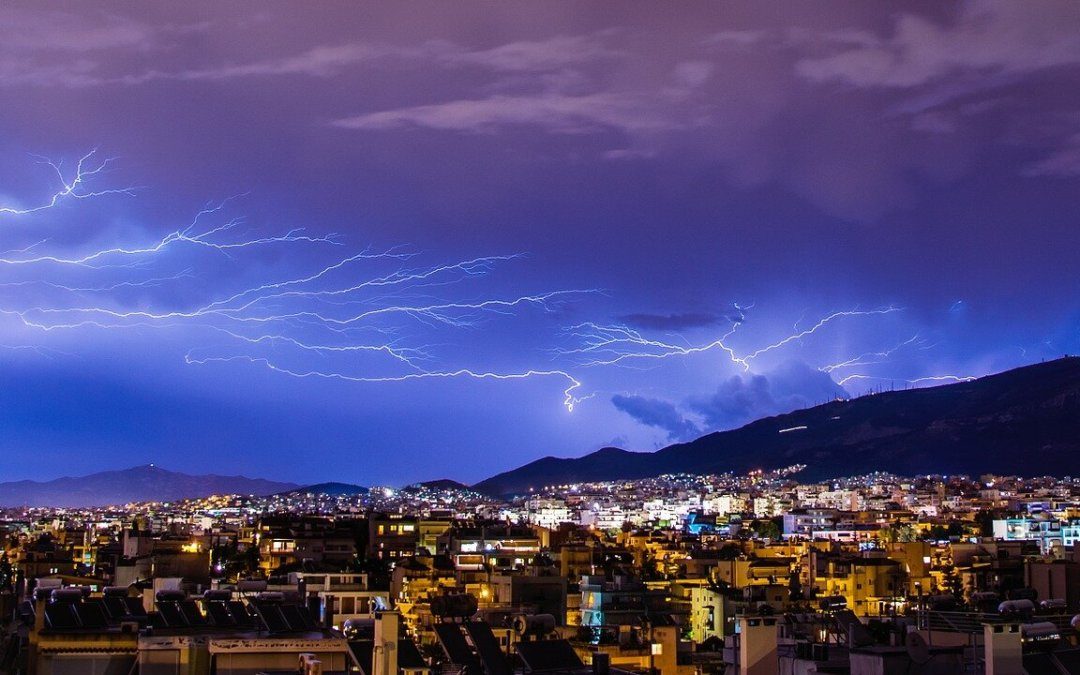As Hurricane Dorian tore through the Bahamas and then raked the Eastern Seaboard, it became the latest devastating reminder that climate change is making these storms increasingly dangerous.
According to the Natural Resources Defense Council (NRDC), floods are the most common natural disasters in the U.S. The NRDC expects the nation’s floodplains to grow by 45 percent by the close of the 21st century. Some 41 million Americans could be affected by rivers and streams flooding, while another 8.6 million could confront coastal flooding. Last year’s National Climate Assessment (NCA) says coastal flooding has doubled in a matter of decades.
The National Oceanic and Atmospheric Administration (NOAA) stated that U.S. temperatures have risen an average of 1.8 degrees since 1901 and the U.S. has become four percent wetter. Precipitation will increase throughout the 21st century, NOAA said. Category 4 and 5 hurricanes are expected to increase by 80 percent over the next 80 years in the Atlantic Basin.
The climate assessment predicted that these storms will only become more powerful in the future, pointing out that hospitals in Florida and South Carolina are particularly susceptible to these natural disasters.
“Think of a hurricane and you probably picture house-peeling winds,” the assessment said. “However, flooding usually inflicts the worst damage. Storm surges pose the greatest dangers to human lives and structures, and in damaging hospitals, storm surges can threaten both at once.”
The NCA focused on hospitals in the Miami and Charleston areas, which often face catastrophic storms. It reported that Miami-Dade County had 38 hospitals, Charleston,11. It added that a Category 2 storm in Miami-Dade Country could flood four of those hospitals, and a Category 5 hurricane could flood 26 of them. In Charleston a Category 2 storm might flood seven of those hospitals, and a Category 5 storm might flood nine of them.
“Flooding would likely cause cascading effects on regional healthcare,” the NCA said. “Hospitals that escape the flooding might be asked to take on additional patients. Flooded facilities and washed-out roads could impede access to medical attention for people who get sick or injured during the storm.”
Fortunately, Dorian turned away from Miami-Dade. When it hit Charleston as a Category 3 hurricane, hospitals there were spared flooding. Bear in mind, however, that hurricane season extends to the end of November.
According to the NCA, higher sea levels in the future also will mean storm surges that reach farther inland than they did in the past. It estimated potential damage in the Southeast at up to $60 billion a year to as high as $99 billion in 2090.
Nursing homes are also at risk, a fact acknowledged by Florida Governor Ron DeSantis in a press conference as Dorian approached. In fact, 12 residents of one Hollywood Hills, Florida, nursing home died two years ago in the wake of Hurricane Irma.
“If you have vulnerable people in your care, it is your responsibility to make sure that you have a plan in place to protect those folks,” DeSantis said of nursing homes. “You know at this point you could lose power. So what are you going to do if that ends up happening? That is really where they are responsible.
“We’ve had letters to all of the nursing facilities about this. I don’t think any of them responded. Some of them just haven’t done that. … These folks have got to step up and protect these folks.”
As Dorian approached, the South Florida Sun Sentinel reported that some of the state’s nursing homes had no emergency plans, while others lacked generators.
More recently, as Tropical Storm Imelda dumped dozens of inches of rain on Texas, a resulting flash flood in the town of Winnie forced the evacuation of the Riceland Medical Center.
“What I’m sitting in right now makes Harvey look like a little thunderstorm,” Sheriff Brian Hawthorne told the local ABC television affiliate, referencing the powerful hurricane that hit the area in 2017.
The South isn’t the only region to face a looming flood threat. Current estimates show Boston could endure a climate change-induced sea level rise of nine inches over the next decade, three feet by 2070. If so, Boston’s world-class medical facilities also might be at risk.

